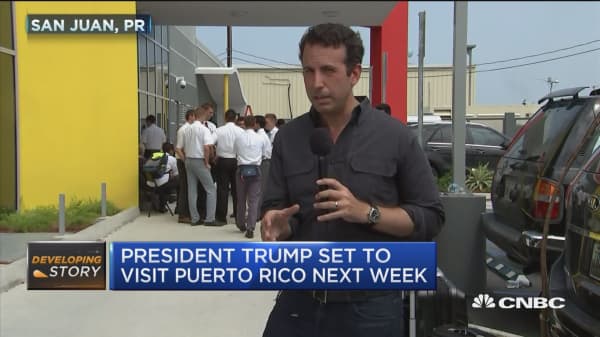More than half a century ago, U.S. lawmakers sought to help Puerto Rico emerge from a colonial past, transforming its largely agrarian economy into a manufacturing powerhouse. The effort, known as Operation Bootstrap, began with a series of tax breaks designed to attract manufacturers who would provide steady factory jobs.
For a time the plan seemed to work, as standards of living in Puerto Rico rose. Between 1950 and 1980, per capita gross national product grew nearly tenfold in Puerto Rico, and disposable income and educational attainment rose sharply, according to the Center for a New Economy, a think tank based in San Juan, Puerto Rico.
One of those tax breaks, enacted in 1976, allowed U.S. manufacturing companies to avoid corporate income taxes on profits made in U.S. territories, including Puerto Rico. Manufacturers, led by the pharmaceutical industry, flocked to the island.
But by the early 1990s, the provision faced growing opposition from critics who attacked the tax break as a form of corporate welfare. Much like the current debate over corporations parking profits offshore to avoid taxes, tax reformers saw the provision, known as Section 936, as too costly for the Treasury.
The tax break also had some unintended consequences, notably the unfair tax burden that fell to domestic Puerto Rican companies.
In 1996, President Bill Clinton signed the law that would phase out Section 936 over 10 years.
Plant closures and job losses followed. Ten years later, on the eve of the Great Recession, employment in Puerto Rico peaked. Left with a dwindling tax base, the Puerto Rican government borrowed heavily to replace the lost revenue.






